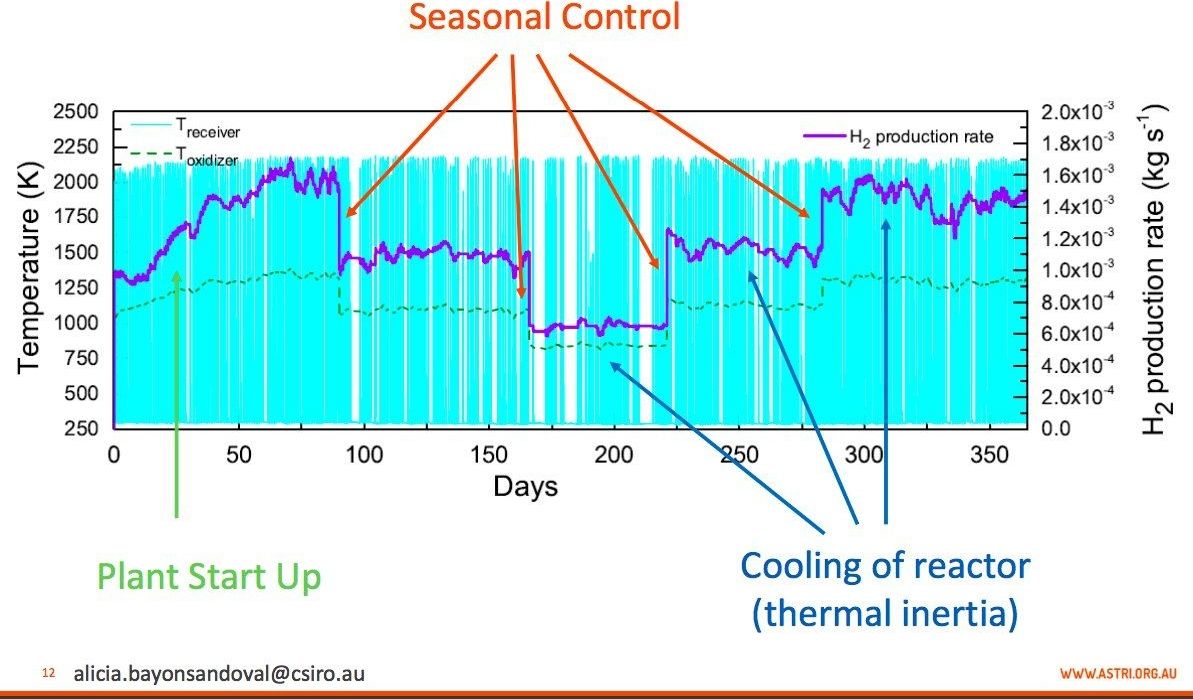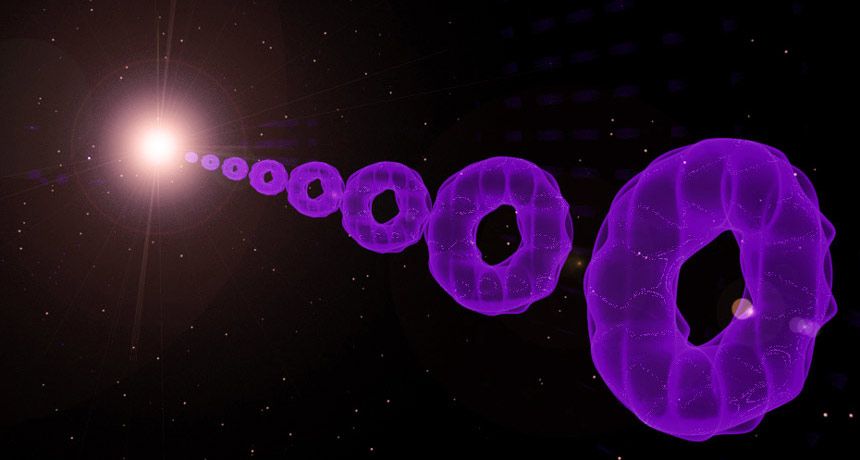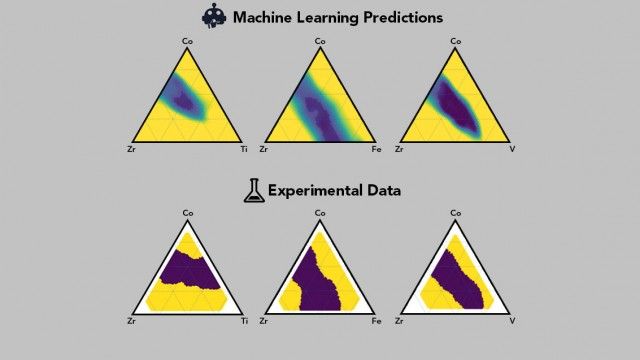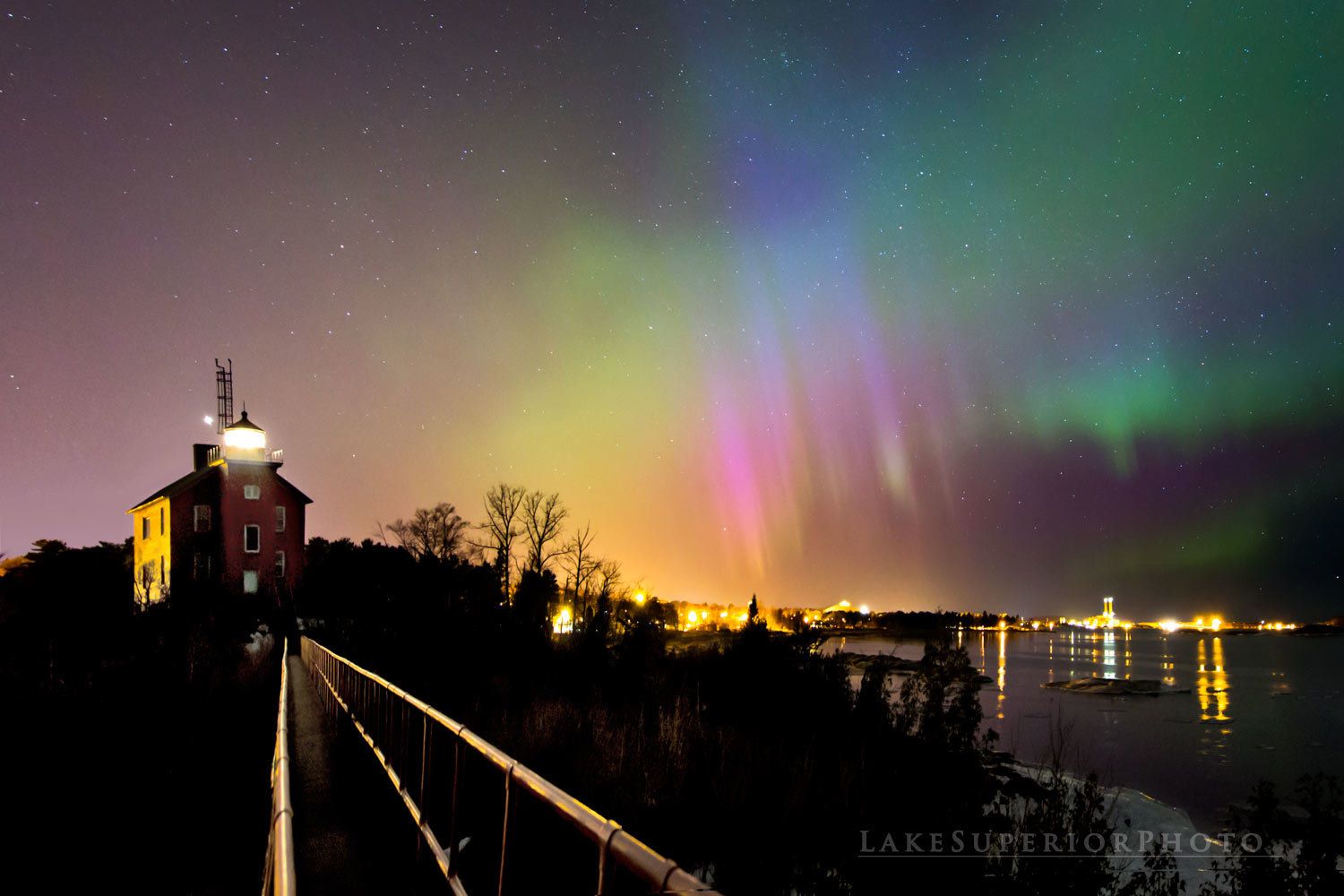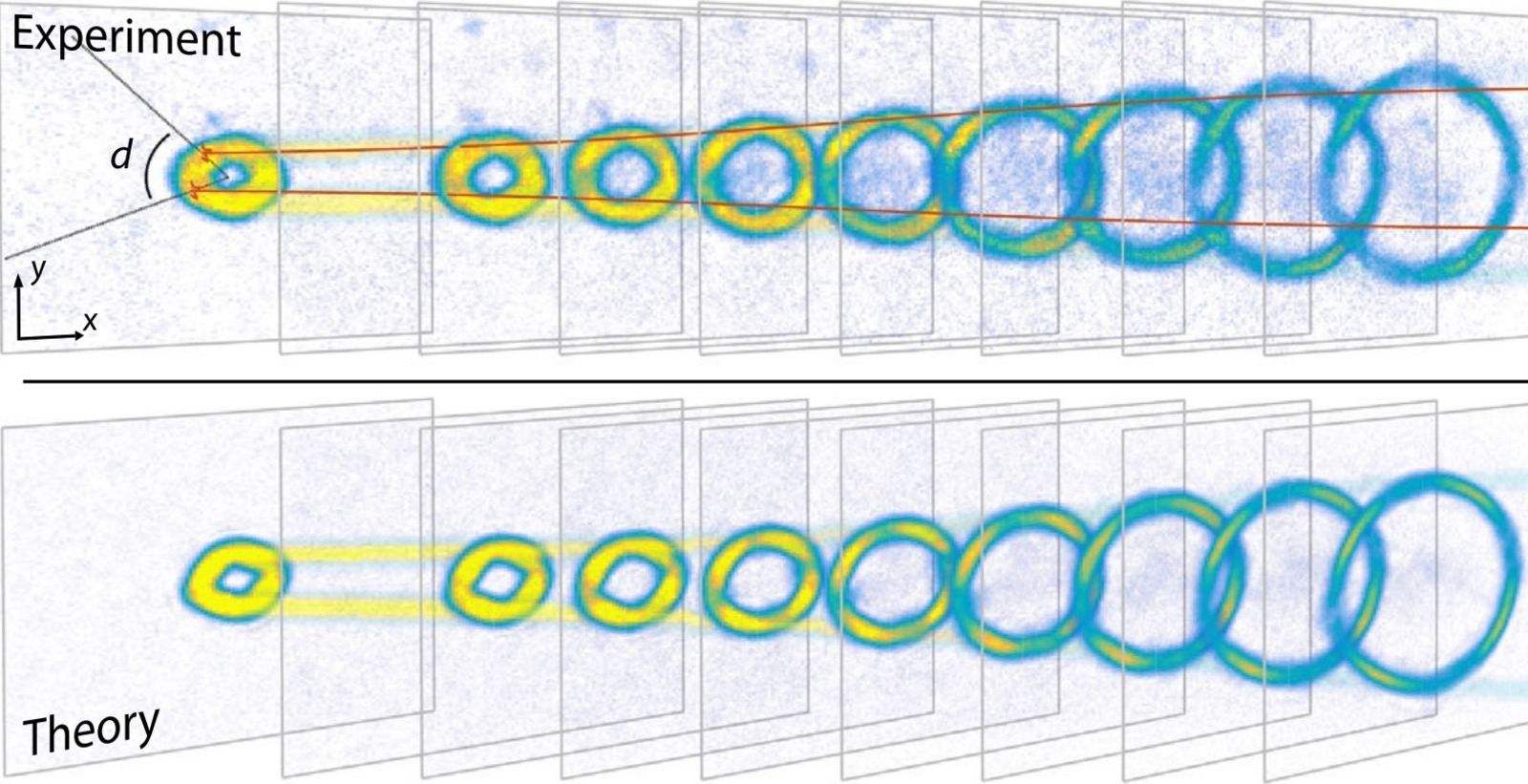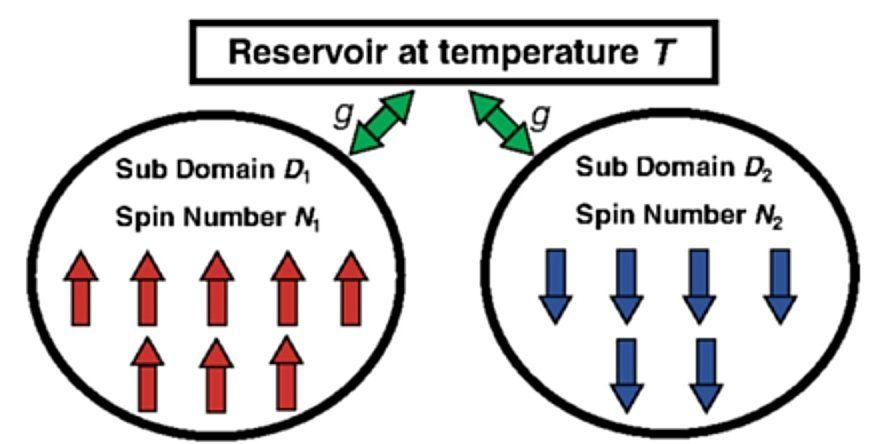Yale physicists have uncovered hints of a time crystal—a form of matter that “ticks” when exposed to an electromagnetic pulse—in the last place they expected: a crystal you might find in a child’s toy.
The discovery means there are now new puzzles to solve, in terms of how time crystals form in the first place.
Ordinary crystals such as salt or quartz are examples of three-dimensional, ordered spatial crystals. Their atoms are arranged in a repeating system, something scientists have known for a century.


